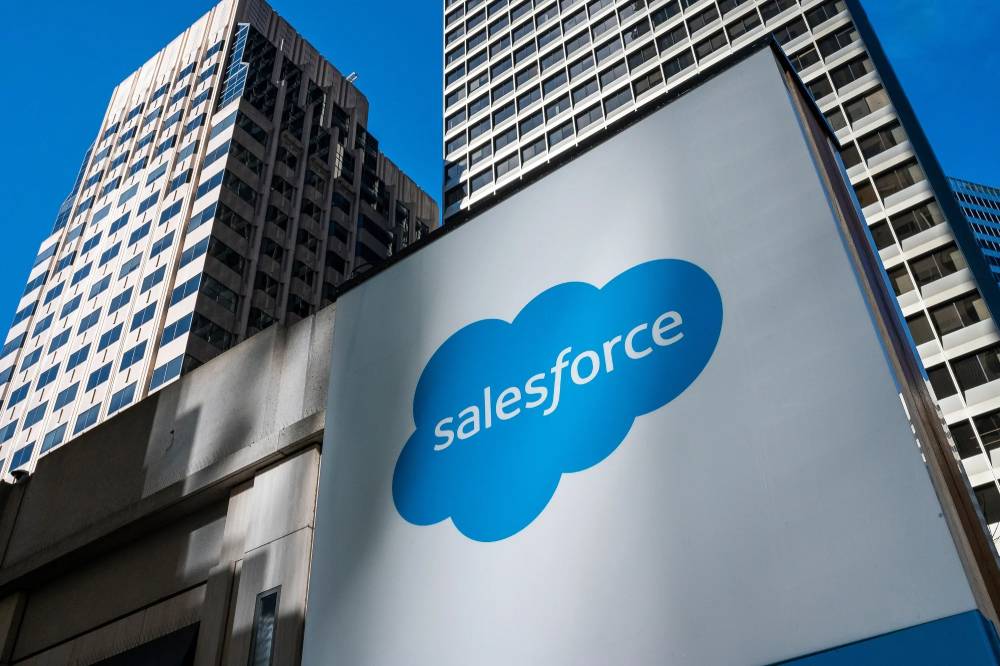Tech and Conflict: Rebel groups, like the M23 in the Democratic Republic of Congo (DRC), are using the profits from the mining and trade of critical minerals, such as coltan (from which tantalum is extracted) and 3TG (tin, tungsten, tantalum, and gold), to fund their armed campaigns. These minerals are essential for the manufacturing of various technology products like smartphones, computers, and electric vehicles.
Here’s how the cycle unfolds:
- Seizure of Mines: Rebel groups seize control of mineral-rich areas, often using violence and force, as the M23 did with the Rubaya coltan mine in April 2024.
- Exploitation and Taxation: They exploit miners by imposing illegal fees and taxes, forcing labor and perpetrating human rights abuses.
- Smuggling and Trade: The minerals are then smuggled out of the region, often via neighboring countries like Rwanda, where their origin can be disguised before entering the global supply chain and eventually reaching tech companies worldwide.
- Funding Conflict: The revenue generated from this illegal trade finances the purchase of weapons, recruitment of fighters, and perpetuation of armed conflict, further destabilizing the region and creating a cycle of violence and exploitation.
International efforts, like the Dodd-Frank Act in the US and the EU Conflict Minerals Regulation, aim to disrupt this illicit trade by requiring companies to conduct due diligence on their mineral supply chains to ensure they don’t contribute to conflict or human rights abuses. However, challenges remain, including the complexity of global supply chains and the difficulty in tracing the origins of minerals, making it harder for companies to ensure responsible sourcing.

